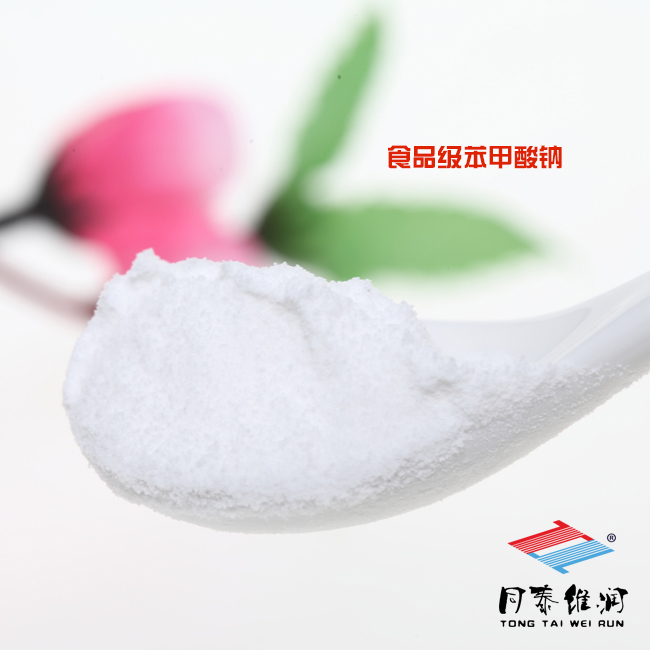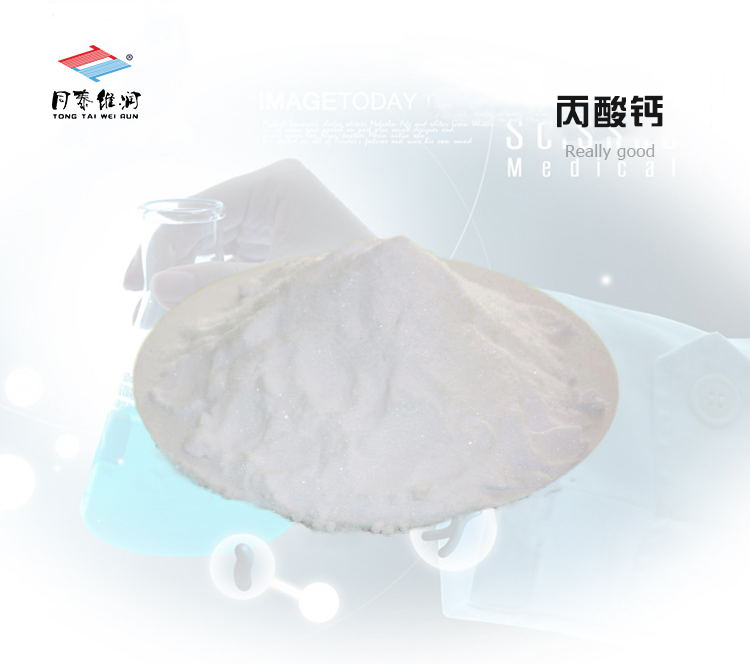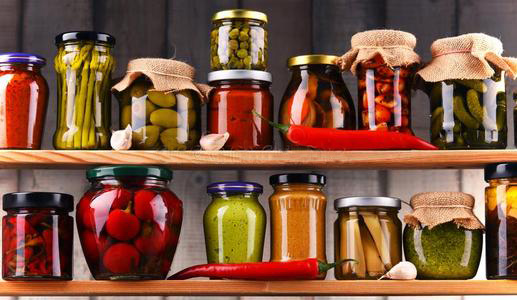
Are you talking about color change of preservatives? In fact, adding preservatives (foodpreservative) in food is mainly for prolonging the storage time of food and preventing the harm of toxic microorganism, so it should not be a bad thing. Some foods do not contain preservatives, but they must be treated with special methods to achieve the purpose of preservation. In fact, human beings have long ago preserved food methods, such as curing, honey, smoking, underground storage, etc., before the addition of chemical preservatives.
Because there is not enough knowledge about toxicity, people used high toxic formaldehyde, nitrate, and then gradually eliminated, and through continuous discovery and development, only now commonly used benzoic acid, sodium benzoate and other food preservatives. The purpose of adding preservatives is to slow down the deterioration of food and inhibit the activity of microorganisms. In addition, there are strict restrictions on the amount of preservatives added by governments. It is harmful to human body to exceed a certain amount. There are 25 kinds of preservatives prescribed in China, such as benzoic acid, sodium benzoate, sorbic acid, potassium sorbate and calcium propionate.

Preservatives can be classified into three categories: fungicides that inhibit the growth of bacteria, yeasts or fungi; antioxidants that delay the oxidation of fats and oils in the air to prevent food from stinking; and third, to interrupt the process of ripening and enzymatic reaction of harvested agricultural products.
Sulfur dioxide has all the above functions, so many household foods contain sulfur dioxide or sulfite, such as sun-dried tomatoes, dried apricots, dried sweet potatoes, balsamic vinegar, red wine vinegar, lemon juice and coconut juice. Sulfite is also commonly used to make wine and prolong the storage time of fruit juice.
Sulfite inhibits microbial growth by several ways: reacting with adenosine triphosphate, an energy source of cells; inhibiting some metabolic processes; and blocking cell transmission systems. Other antimicrobial agents can alter the permeability of microbial membranes or cell walls or destroy genes.

In order to ensure the health of consumers, the standard of food additives in China stipulates the scope of use, the amount of use and the maximum allowable residue of sulfur dioxide in food. If the manufacturer uses excessive sulfur dioxide additives in order to keep the appearance of food bright or prolong the shelf life of food or conceal inferior food, it will be harmful to human health.
Bakery is inseparable from propionate, and strawberry, apple, violet leaf, grain and cheese all contain propionic acid. Acids can effectively inhibit the spores of bread mould and Bacillus mesentericus. Otherwise, when baking food, they will have filamentous sticky substance and can not be eaten.
Other weak organic acid antimicrobial agents include benzoate and sorbate in blueberry. These compounds have high antimicrobial efficiency at low pH and inhibit the growth of bacteria. They can be used as antifungal agents. Many drinks, jams, pickled foods, salads, cheese, meat and margarine all contain benzoate or sorbic acid. Benzoic acid is easily excreted in the animal body with feces. It is not accumulated and is low toxic and cheap. It is a food preservative used in most countries and widely used in China. The United States stipulates that the content of benzoic acid in food should not exceed 0.1%.

Nitrite and nitrate are mainly used to pack finished meat. They are the preferred chemical anti-botulinum agents in food industry. They can also make meat with pink and fresh color. However, the problem is that nitrite can react with amino acids to form nitrosamines, which are harmful substances. However, the addition of nitrite and nitrate in meat is very small, so there is no problem. Usually we should eat less salted food containing nitrite and more organic vegetables.
Antioxidants and preservatives include 2,6- tert butyl -4- methoxy phenol (BHT) and tert butyl -4- hydroxyl anisole (BHA), which are stable for edible oils. They are relatively stable for tert butyl hydroquinone (BHQ) at high temperature and strong antioxidant capacity. They are used for fried foods, instant noodles and canned gallic acid propyl ester (propylgallate), which can prevent oxygen from chemical oxidation of food.
The third category of preservatives is for enzymes, which continue to function after harvest. For example, PHENOLASE still reacts with enzymes after harvesting apples or potatoes, making the epidermis brown. Citric acid and ascorbic acid (vitamin C) can reduce pH and inactivate phenolase.
In recent years, scientists have devoted themselves to the search for natural preservatives. Antimicrobial agents found in microorganisms are chemical barriers set up by microorganisms to protect their territory and food. For example, nisin and natamycin are obtained from microorganisms. They are preservatives for cheese, called bacteriocins. Other valuable sources of natural preservatives are honey, milk and even dried plums, which scientists are looking for in order to achieve safe and effective preservation.
Food preservatives are great inventions of human progress, but the overuse and overuse of food preservatives are increasingly spoiling the reputation of preservatives. Nevertheless, human life is still inseparable from all kinds of preservatives. (sodium benzoate)
